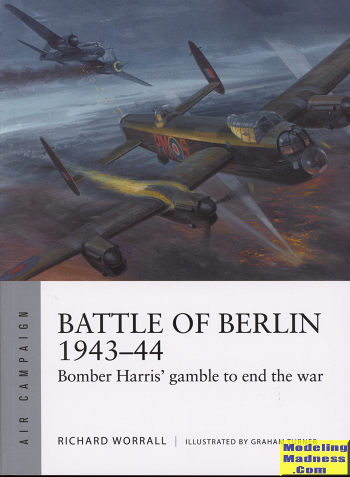 Throughout
most of WWII, the RAF theory of bombing was not precision bombing of things like
aircraft plants, or oil refineries or power generation stations, but carpet
bombing German cities in hopes that having citizens killed or homeless would
reduce the morale of the population and make them sue for peace.
Throughout
most of WWII, the RAF theory of bombing was not precision bombing of things like
aircraft plants, or oil refineries or power generation stations, but carpet
bombing German cities in hopes that having citizens killed or homeless would
reduce the morale of the population and make them sue for peace.
While the theory sounds fairly reasonable (unless you are on
the receiving end of the bombs), it really doesn't work. Indeed, aside from
reducing the work force through death and injury, it only hardens the resolve of
those left. Bomber Command has proof of that in the attitudes of the British
citizenry during the Blitz of 1940. Yet, they continued in this belief. Despite
the near obliteration of some German cities, the bombing campaign made little
impact on German morale. Of course we can see that through hindsight, but the
head of Bomber Command 'Bomber Harris', was convinced that reducing Berlin to
rubble in mid/late 1943 was the way to win the war.
Thus began a concerted effort by the RAF bomber groups to do
just that. Problem was, the Germans were not just going to sit back and let it
be done. Also British bombing wasn't that great and the electronics of the day
were not all that helpful against a huge target like Berlin. This time period
was also the peak of effectiveness of Luftwaffe night fighters and each raid
resulted in nearly unsustainable losses by the British bomber force. Planes were
lost at a rate that couldn't be replaced. Those that were not shot down directly
often crash landed back at base or their damage was such that they crashed on
the way home. Even when it was obvious that the campaign wouldn't bring the
desired results, Harris continued, often disobeying direct orders, until forced
to stop and concentrate on targets related to Overlord.
This book looks not only at each mission and results of the
campaign, but also at Harris himself. His letters and memos offer insights into
his thinking and this is as fascinating as the missions themselves. It was a
campaign that the British lost. The book provides the usual format of the
Campaign series in that there is a look at what led up to the campaign, the
abilities and plans of both the attackers and defenders, followed by the
campaign itself. This is followed by an analysis of the campaign. As usual,
there are period photos and some very nice art work. It makes for an excellent
read and the sort of insight into a well known personality that many may not
have considered before. Like all the books in this series, it is highly
recommended reading.
August 2019
For more on the complete line of Osprey books and to order
this one, visit
www.ospreypublishing.com
.
If you would like your product reviewed fairly and quickly, please contact
the editor or see other details in the Note to
Contributors.
 Throughout
most of WWII, the RAF theory of bombing was not precision bombing of things like
aircraft plants, or oil refineries or power generation stations, but carpet
bombing German cities in hopes that having citizens killed or homeless would
reduce the morale of the population and make them sue for peace.
Throughout
most of WWII, the RAF theory of bombing was not precision bombing of things like
aircraft plants, or oil refineries or power generation stations, but carpet
bombing German cities in hopes that having citizens killed or homeless would
reduce the morale of the population and make them sue for peace.